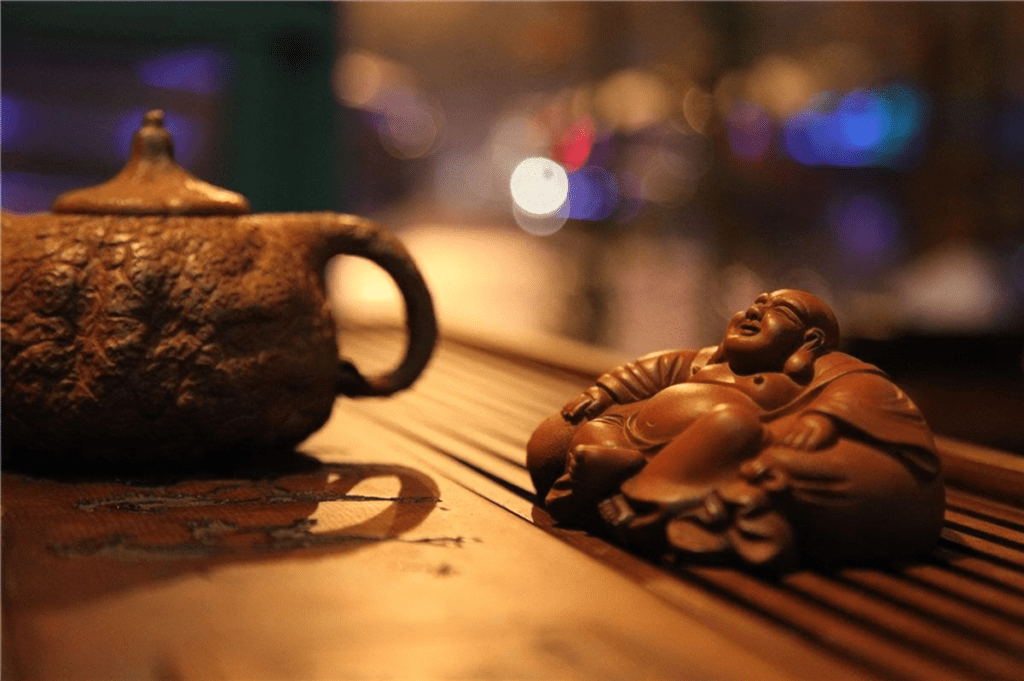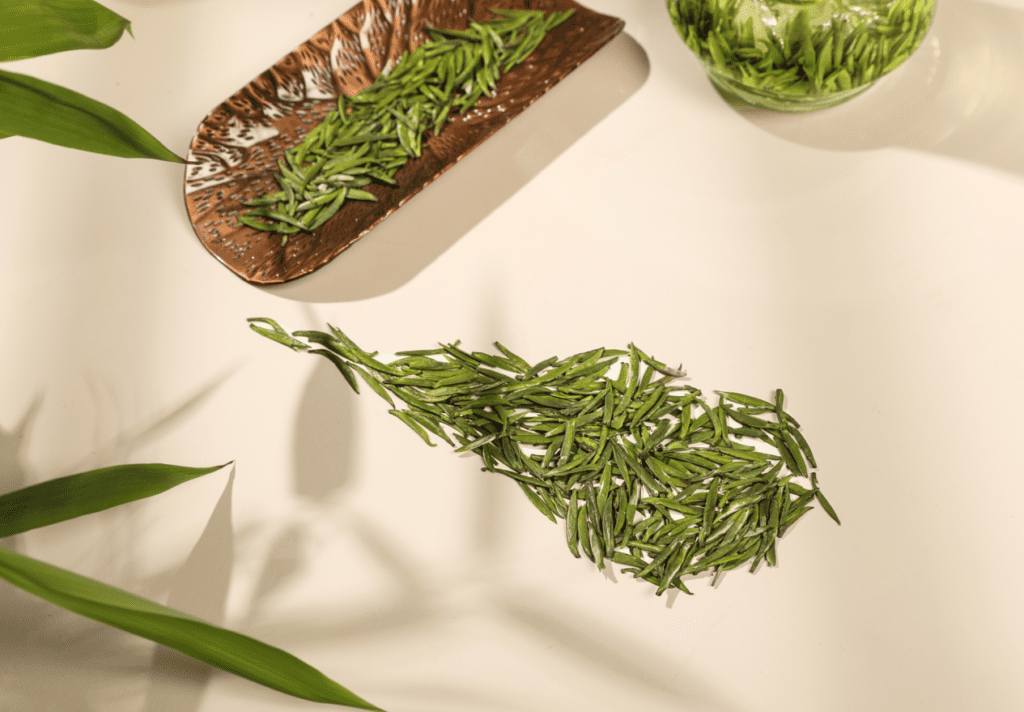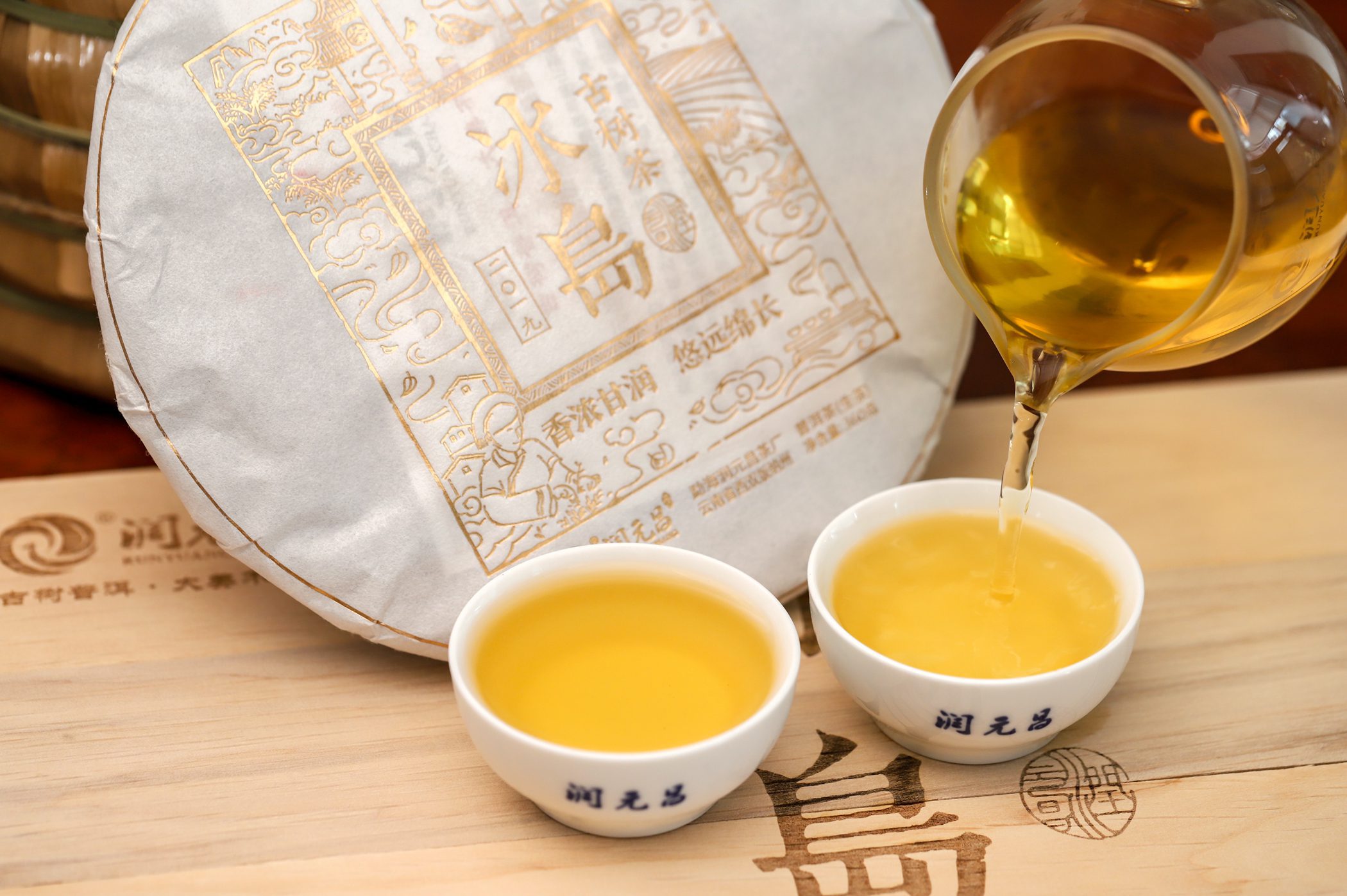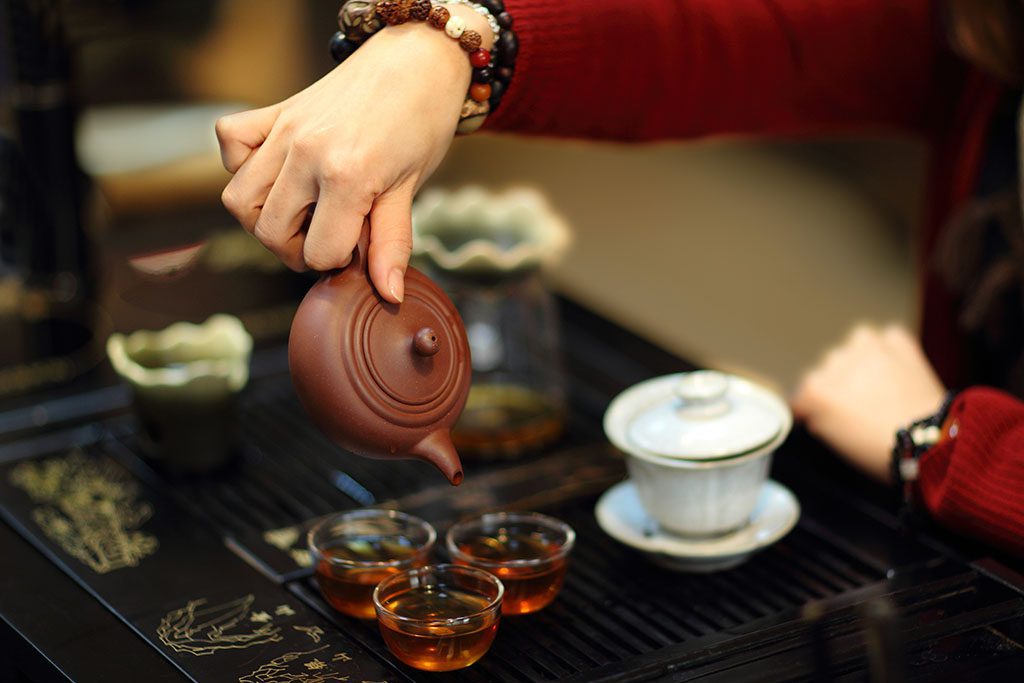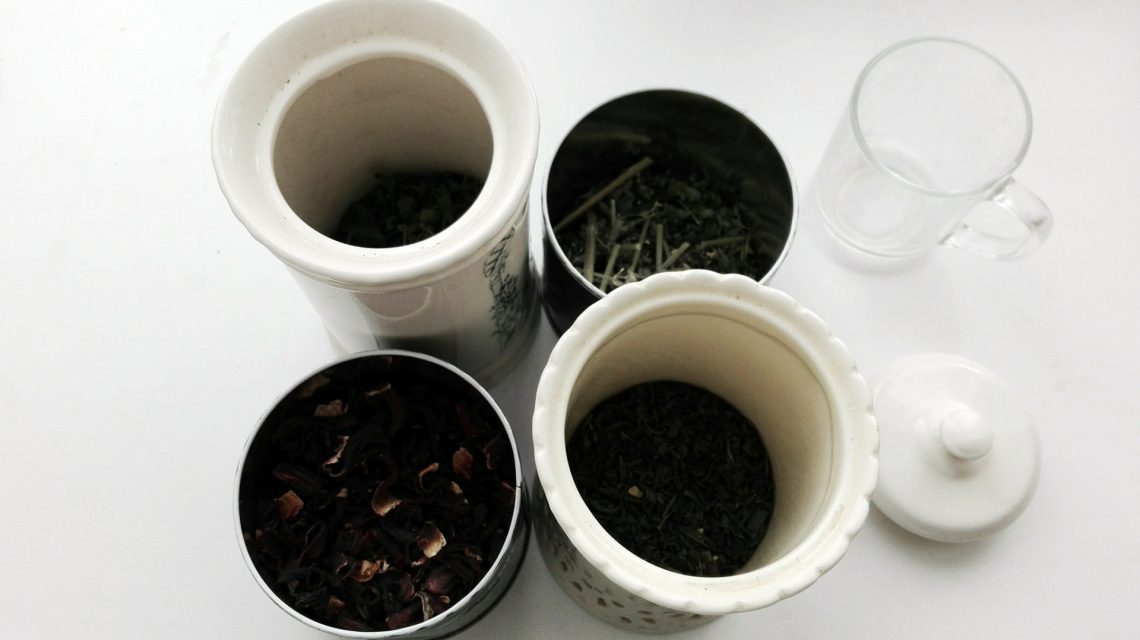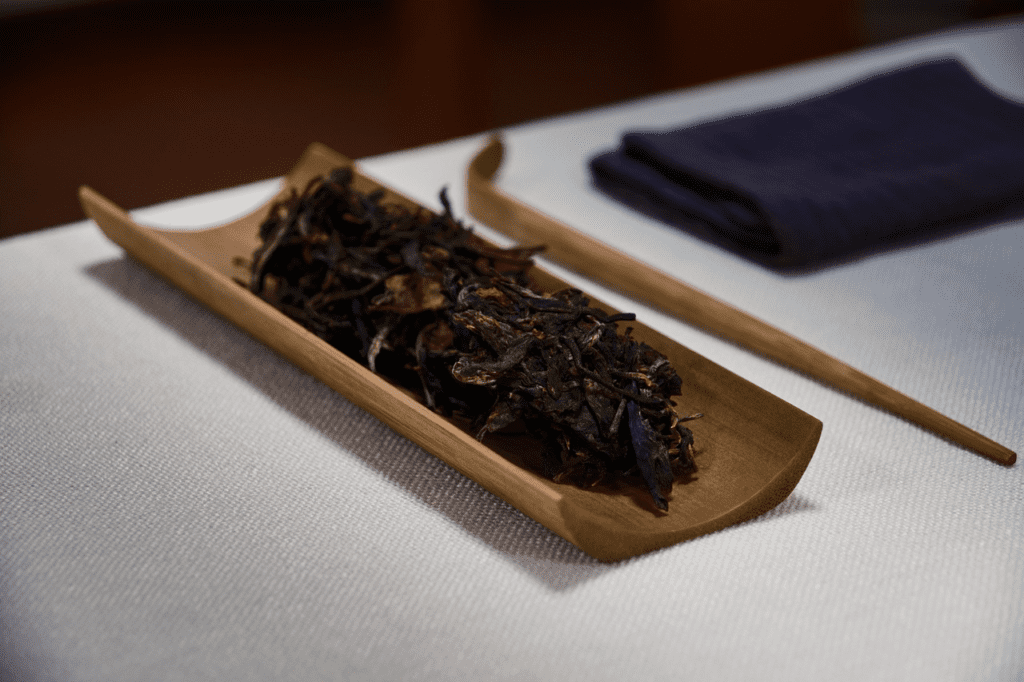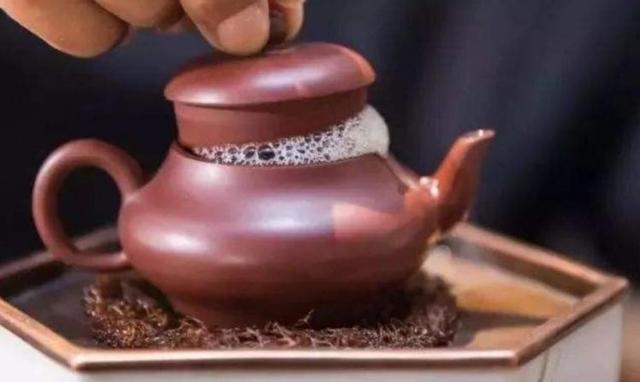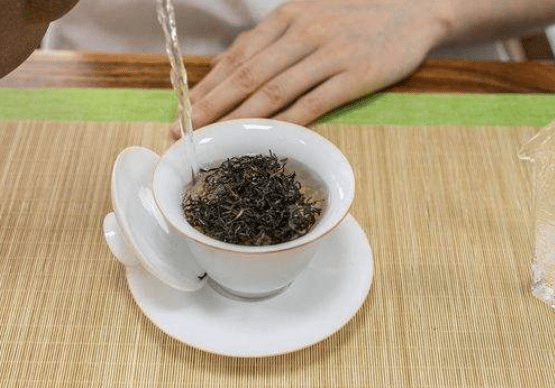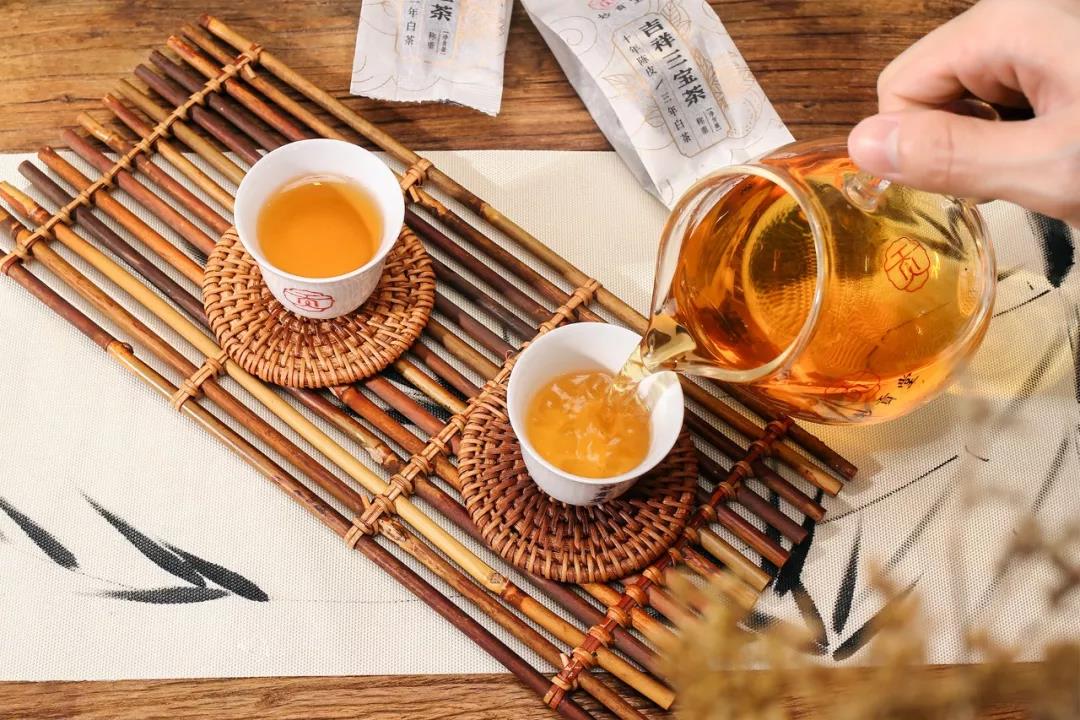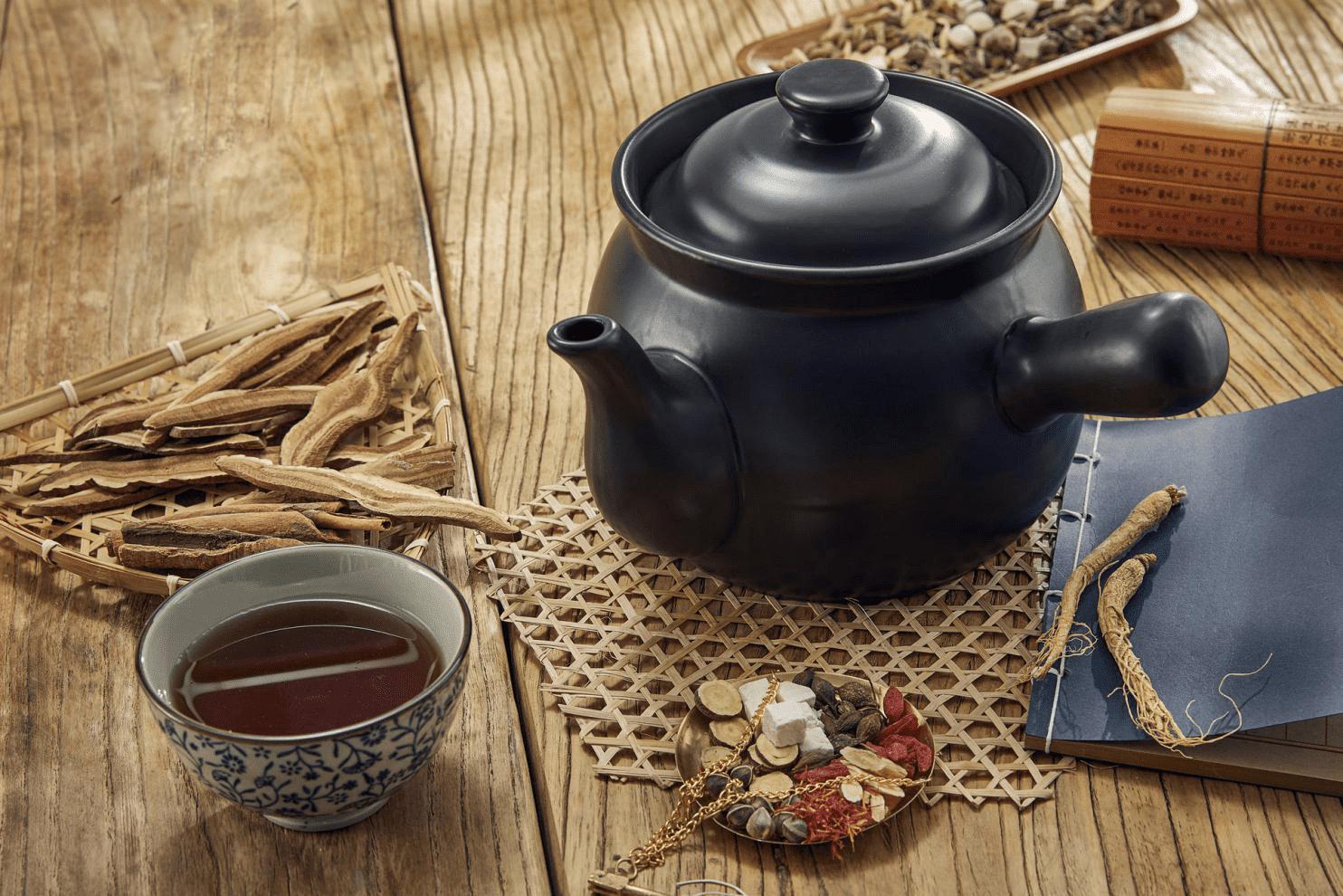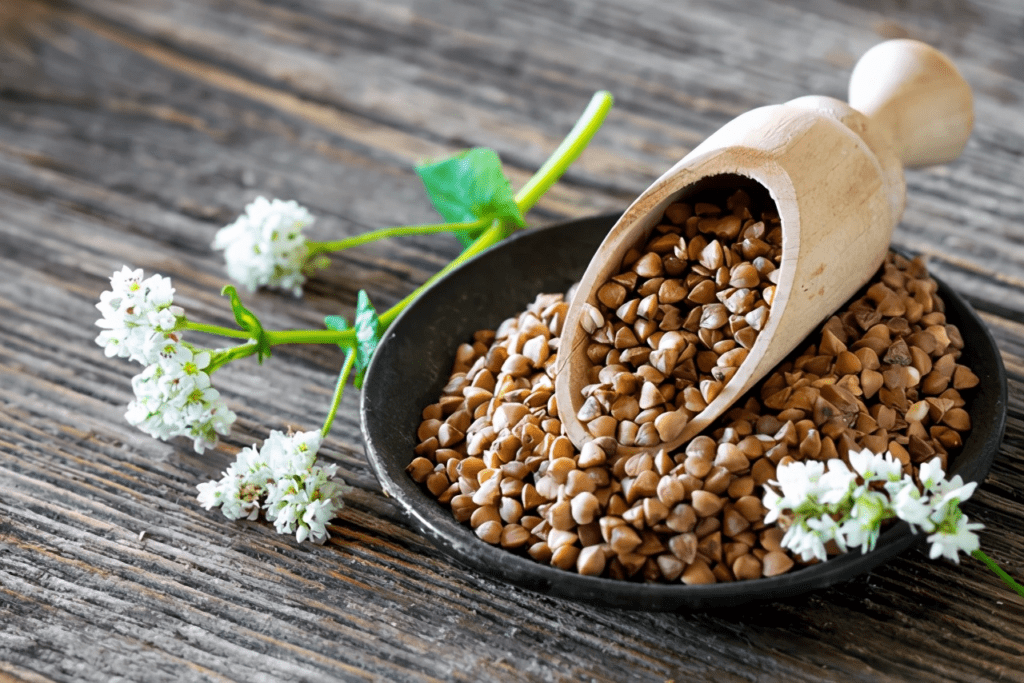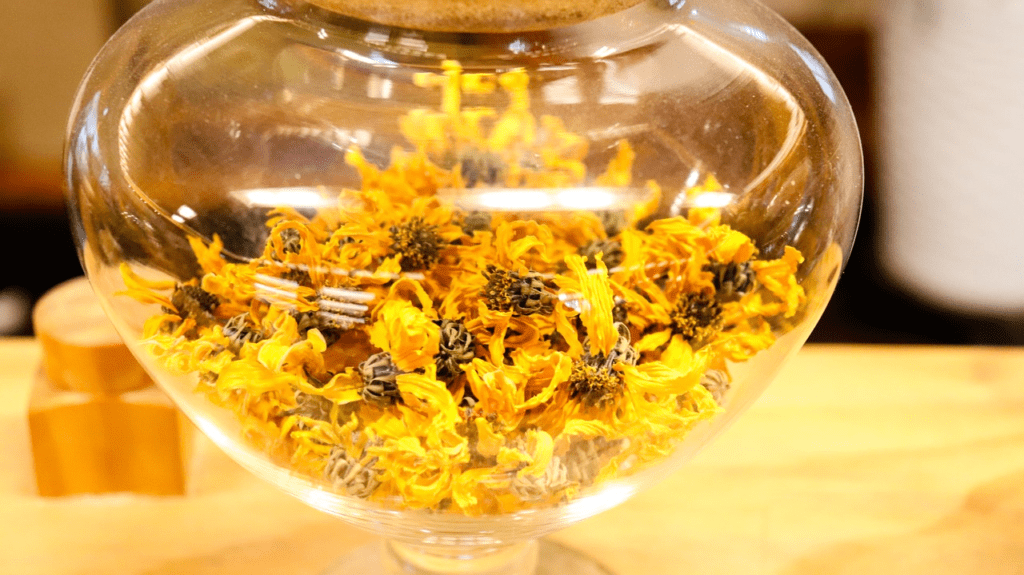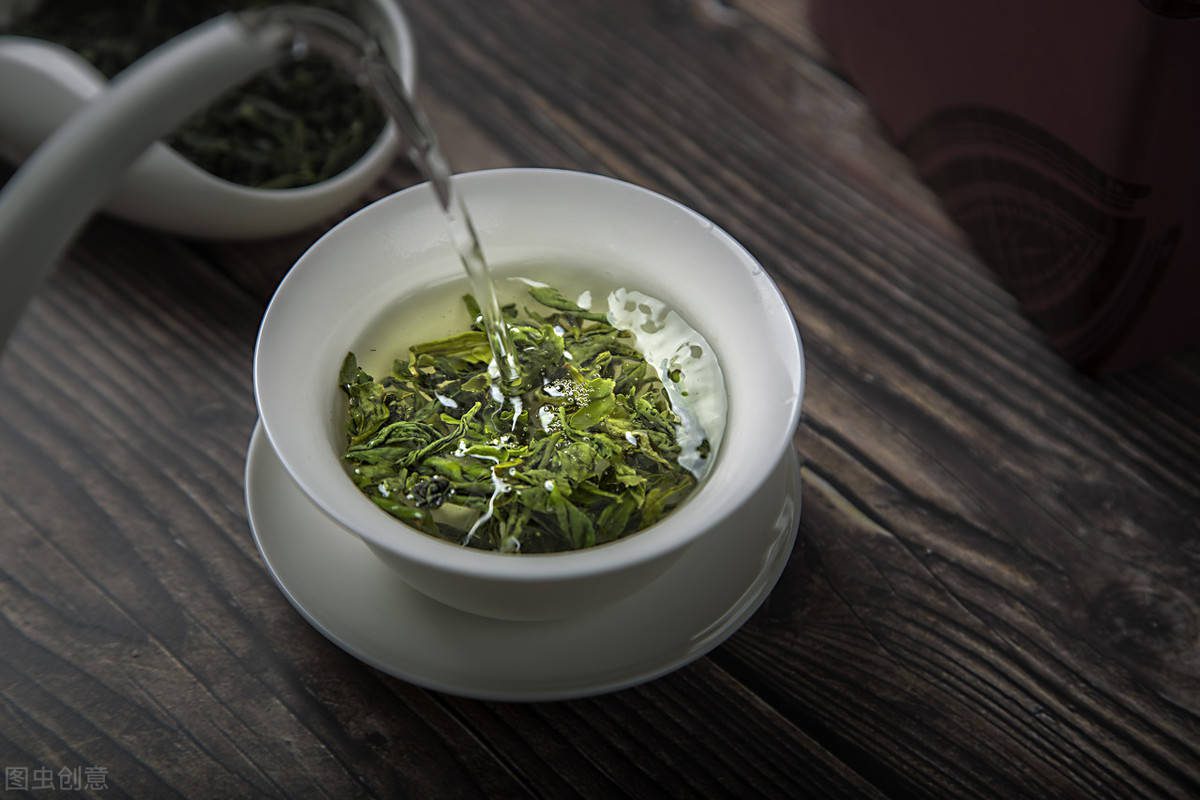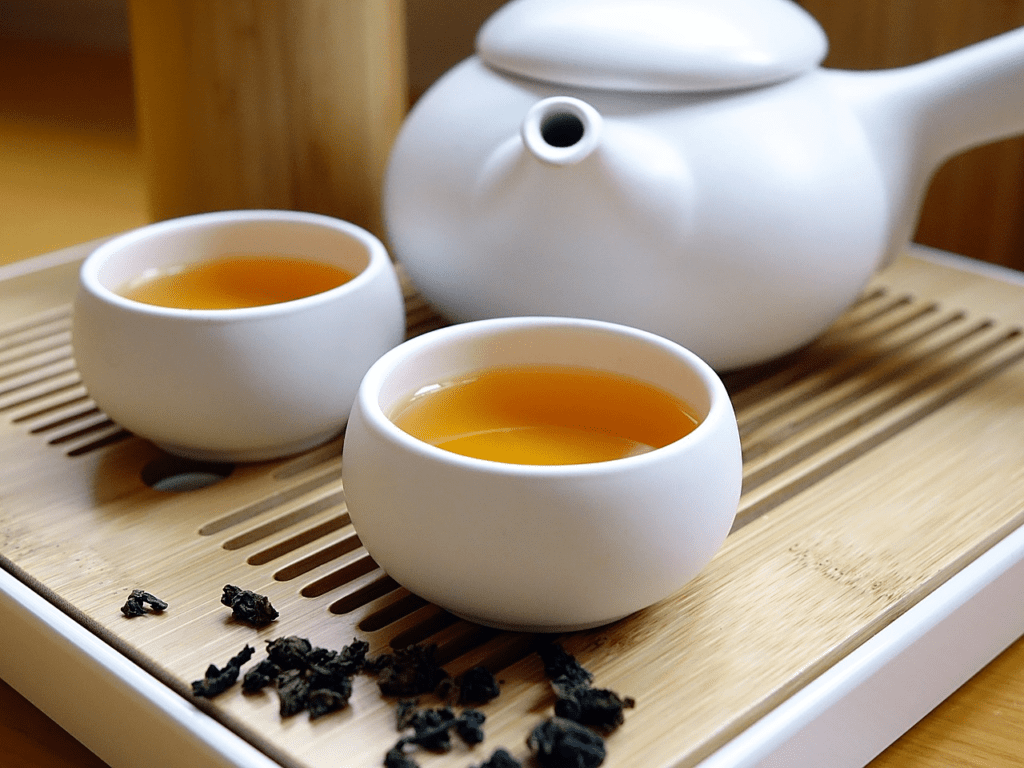If you are interested in tea culture or just want to find a fresh drink to enrich your daily life, then you can't miss Silver Tea Brew. This tea drink not only has a unique taste, but also has a rich cultural background and health benefits. In this article, we will take you to learn more about Silver Tea Bubble, from its origin, production method to its effects and functions, to analyze this amazing drink in all aspects.
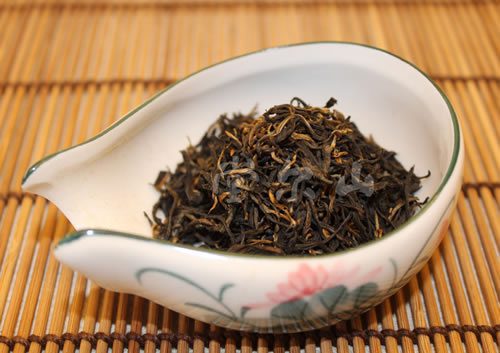
(Image source: Internet, deleted)
What is a silver tea infusion?
Silver tea infusion, as the name suggests, is a tea drink with ginkgo biloba and tea leaves as the main ingredients. The ginkgo tree is one of China's ancient tree species, and its leaves are widely used in traditional Chinese medicine. The origins of Gingko Tea Brew can be traced back hundreds of years, when it was discovered that ginkgo biloba leaves, when brewed together with tea leaves, provided a richer flavor and unique aroma.
How to Make Silver Tea Bubbles
Making a gingko tea infusion is not complicated, but it does require some patience and skill. First, choose good quality ginkgo biloba and tea leaves (usually green tea). Mix the ginkgo biloba and tea leaves in a ratio of 1:1, and then brew it with hot water at around 85℃. It is recommended to use a gaiwan or glass cup so that you can better observe the color change of the tea broth.
The brewing time is about 2-3 minutes, which can be adjusted according to personal taste. After brewing, you will see that the tea soup has a light golden color and gives off a fresh aroma.
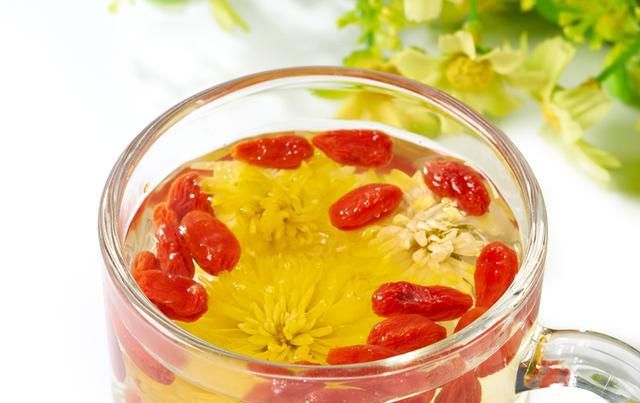
(Image source: Internet, deleted)
Health Benefits of Silver Tea Infusion
Silver tea infusions are not only delicious, but also have many benefits and effects. Here are some of the main health benefits:
antioxidant effect
Silver tea infusions are rich in antioxidant components such as flavonoids in ginkgo biloba and tea polyphenols in green tea. These ingredients help neutralize free radicals in the body and reduce oxidative stress, thereby protecting cells from damage.
Improve blood circulation
Ginkgo biloba extract has been extensively researched and found to improve blood circulation, especially for the improvement of blood flow to the brain. This can be helpful in preventing Alzheimer's disease and memory loss.
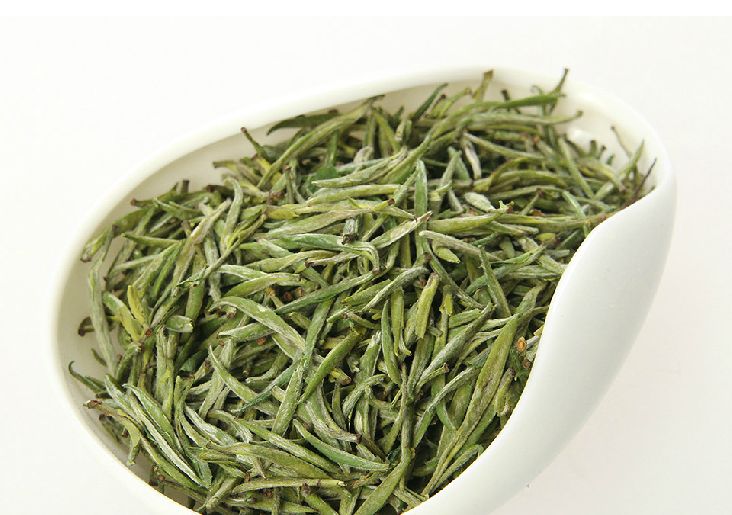
(Image source: Internet, deleted)
strengthen immunity
The tea polyphenols in green tea and the flavonoids in ginkgo biloba work together to enhance immune system function and help the body fight off various germs and viruses.
slow down the aging process
Due to its powerful antioxidant properties, long-term consumption of ginkgo tea infusions can slow down skin aging and maintain youthfulness. In addition, certain components in ginkgo biloba have anti-inflammatory properties that help reduce inflammation and protect joint health.
How to Choose a Quality Silver Tea Bubble
There are many brands of silver tea infusions on the market, and you should keep the following in mind when choosing one:
- Raw material sources:Choose trusted brands to ensure that ginkgo biloba and teas come from safe and reliable sources.
- Machining process:High-quality gingko tea infusions are usually made using low-temperature drying and fine processing techniques to maximize the retention of the active ingredients in the tea leaves and gingko biloba.
- Packaging is sealed:Choose packages with good sealing to prevent tea from moisture deterioration.
How to Taste Silver Tea Bubbles
The best way to drink Silver Tea Brew is to savor it slowly and feel every nuance of the tea broth. You can brew a cup of Silver Tea Brew after work or during leisure time to relax and enjoy a moment of peace. To enhance the experience, you can also pair it with some snacks such as mung bean cake and almond cake to enrich the layers of taste.
summarize
Silver Tea Brew is not only a delicious tea drink, but also a healthy lifestyle. By understanding its preparation method and health benefits, you can better enjoy the benefits of this unique tea drink. Why not try Silver Tea Bubble for yourself and make it a part of your daily life to experience its unique charm?
